Full Guide To Jade vs. Jadeite (This Is The Difference)

Jade is a green gemstone that is very significant in Chinese culture for healing, jewelry, weapons, and decorative objects. However, even in the West, jade is used for its metaphysical properties.
There are two types of jade: jadeite and nephrite. The main difference between nephrite jade and jadeite is quality. Jadeite is of higher quality, rarer, and very expensive compared to nephrite. They have similar metaphysical properties, although there are some differences.
Do you want to know more about the exact differences in (meta)physical properties? Continue reading!
At the bottom of this page, you’ll find an infographic summarizing all the information.
Also Read: White Jade vs. Green Jade – What’s The Difference?
Want more help or information? If you have any more questions after reading this blog post or want a personal answer for your specific situation, join the free Facebook group! We promise you’ll get an answer from either our team members or a community member.
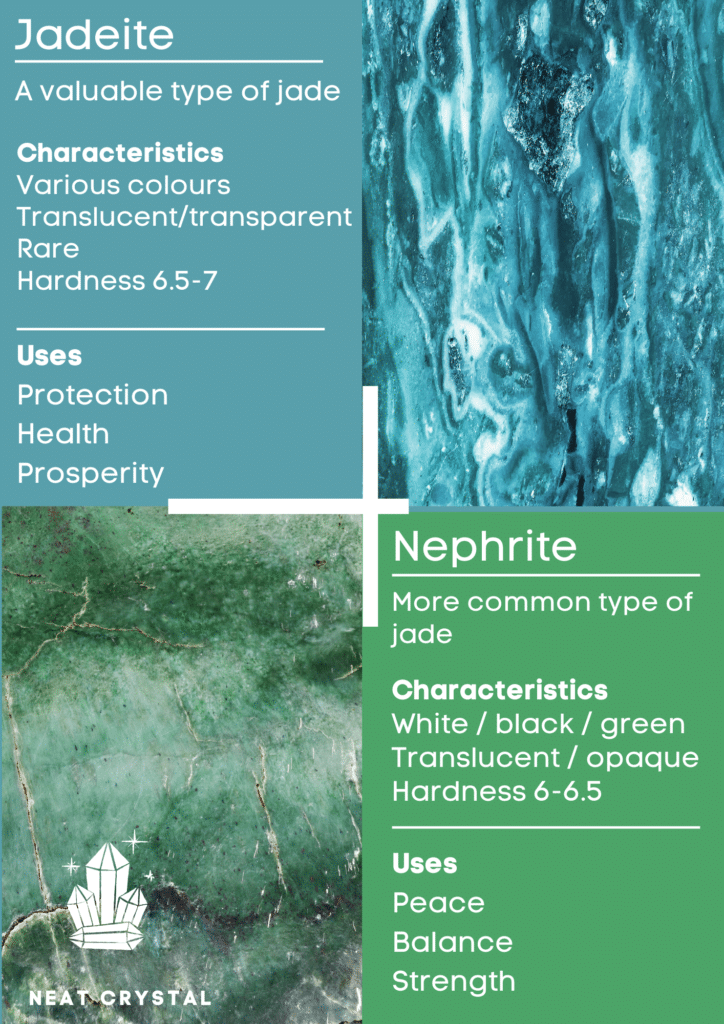
Color
Both types of jade come in a variety of shades. Nephrite jade may be white, black, or dark green. On the other hand, jadeite comes in a wide variety of colors. The red jadeite looks like a red ruby given its rich red color. The dark green jadeite, also known as chloromelanite, is rarely used for jewelry but carved in decorative objects. The most coveted jadeite is the semi-translucent, pure emerald green variety, often referred to as the “Imperial Jade,” which makes it the most valuable variant of jade.
Color is a significant determinant of the value of the jades.
The white nephrite is the most common and traditional favorite. The most expensive nephrite of the green variety is the Siberian nephrite, which is dark green with black inclusions.
The most expensive and desirable jadeites are the imperial jade variety. Other valuable jadeites available in Asian markets are:
- Kingfisher jade- the shade is less vivid than the imperial green jade.
- Apple jade – has an intense yellowish-green color.
- Moss in the snow – a translucent white stone with green veining.
Pattern and Clarity
Nephrite jade is a harder type of jade because it contains calcium, magnesium iron silicate in its chemical makeup. Nephrite will have a translucent white, light yellowish, or green color and often appears opaque when polished. Jadeites, especially the imperial jade, may have a glossy polish bringing out the stone’s transparency.
Jadeite is semi-translucent, whereas nephrite is generally more opaque. A nephrite has lower luster levels than jadeites, whose glow is more intense.
Also Read: Jade vs. Emerald – What’s The Difference?
Hardness
Both varieties of jade are very close in the Mohs scale. Jadeite is slightly harder than nephrite. On the Mohs scale, jadeite rates 6.5- 7 while nephrite is rated 6- 6.5. When uncertain about the type of jade, a scratch test on the least visible part of the stone is done.
- Scratch a small line on the stone with a blunt object.
- Gently wipe it off.
- If the indentation is still there, it could be a fake or a nephrite jade.
These gemstones are not the hardest stones, so care is taken to avoid fractures and scratches.
Care
Both stones have excellent wearability and resistance to breaking. The rocks will require treatments besides being tough to boost longevity. Mechanical cleaning systems like ultrasonic and steam cleaners are best suitable for untreated stones because they do not require special care. Acid treatments can create cracks on the rocks.
Also Read: Jade vs. Malachite – What’s The Difference?
When uncertain whether the stone is untreated or treated, use warm water, detergent, and a soft brush to clean the rocks or have them examined by an expert. Harsh chemicals will destroy the stone because it is porous. Direct sunlight may change the color of the jade, and nephrites may also be heat treated or bleached to enhance color.
Location
Jade is a popular and sought-after mineral in Chinese culture, but the finest jade is not found in China. The most popular jade in China and other Asian countries is nephrite jade. Other nephrite deposits are located in New Zealand, Taiwan, Brazil, Russia, California, and Canada. The primary source of imperial jadeite is Myanmar. Other Jadeite sources are found in the Ural Mountains in Russia, Turkey, and Guatemala.
Also Read: Jade vs. Serpentine – What’s The Difference?
Jade vs. Jadeite – Metaphysical Properties
As jadeite is just a variety of jade, it has very similar properties. However, there are some differences. Below you’ll find the information on Jade in general, as well as the specifics for jadeite.
Healing Properties
Nephrite jade has long been used in Chinese culture for medicinal purposes. The Greeks also believed in its ability to heal various stomach-related illnesses and kidney stones and relieve menstrual cramps.
Jadeite was used for the same practices by the Central American indigenous societies. It was believed to cure back pains and kidney issues by holding it against their sides.
Jades also aids in blood circulation, cleansing out toxins and eye-related issues.
Fortune
Jade is believed to attract wealth and good fortune to its owner. Both nephrite and jadeites are considered good luck stones. A piece of jade brings health and happiness to its wearer. In Chinese culture, jade also symbolizes wealth and class.
Positive Energy
Jade dispels negative energies and transmits good energies when worn close to the skin. Jade is a stone to count on during challenging situations. It initiates calm and stabilizes emotions through a difficult time. If this sounds like something you can use, we recommend taking your jade in hand whilst meditating. If this is your first time, it might be helpful to do a guided meditation. Below you’ll find a guided meditation for jade specifically.
Chakra Association
There is a chakra associated with specific areas of the body. Similarly, some gemstones correspond to the colors associated with these chakras.
- The crown chakra (Sahasrara)-This chakra represents the connection to the divine and clarity. The colors for this chakra are indigo, clear, and white.
- The third eye chakra (Ajna)-This chakra represents our intuition, perception, and awareness. The color of this chakra is violet.
- The throat chakra (Vishuddha) represents communication, self-expression, and trust. The throat chakra is represented by blue.
- The heart chakra (Anahata) represents love for ourselves and others. Its colors are pink and green.
- The solar plexus (Manipura). It represents self-esteem and overall personal power and is represented by the color yellow.
- The sacral chakra (Svadihsthana)- The chakra is associated with the emotional body, sensuality, and creativity; it is represented by orange.
- The root chakra (Muladhara)-The chakra is associated with our sense of stability and security. Its representation is red or black.
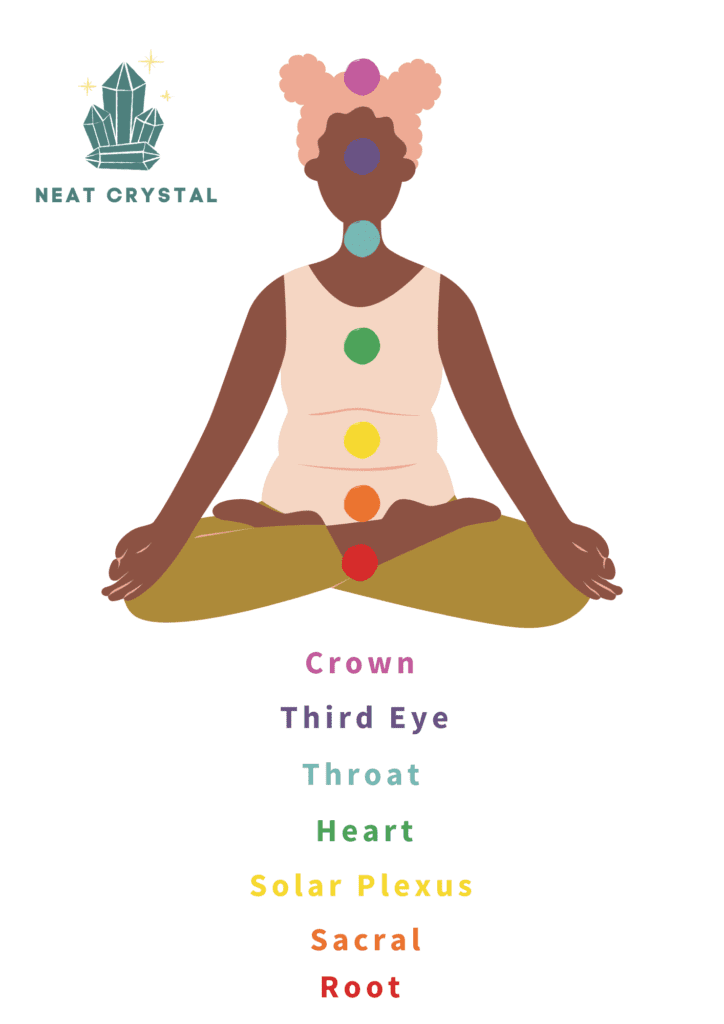
Jades balance emotions, energies, and are protective stones. Nephrite jade is associated with the solar plexus and heart chakra as this stone encourages personal passion, love, and compassion for oneself and others. For best results in healing practices, it is advisable to combine nephrite jade with other crystals that are associated with a specific chakra. Citrine and golden topaz are excellent for solar plexus chakra, while kunzite and rose quartz are good for the heart chakra.
Jadeites come in a variety of colors hence different chakra associations.
- The most popular jadeite is the green jadeite associated with the heart chakra. Having the stone at hand will relieve feelings of hurt, jealousy and improve self-worth.
- Red jadeite is associated with the base. The stones balance the root by reducing the need for manipulation and aggression towards others.
- Blue is associated with the throat chakra. The stone balances the throat chakra and helps someone live and speak their truth.
- Orange jadeite is associated with the sacral chakra. The stone at hand will prevent constant worrying and help in understanding ones’ desires.
Elements and Ruling Planets
All gemstones are closely related to the four elements of nature, namely, fire, water, air, and earth.
- Fire element for increased energy.
- Water element for love and friendships
- Air element to boost intellect
- Earth element signifies personal growth
Both jades and jadeites are earth elements visible from the green hues, offering an excellent connection to mother nature. They are both ruled by the planet Mercury, representing intelligence, thinking, and communicative abilities. It encourages rational decisions and full awareness of an individual. Jades and jadeites are also common in Feng shui practices to bring happiness and prosperity and protect the home.
Zodiac Signs,


As both Nephrite and Jadeite are ruled by Mercury, they are both associated with Virgo and Gemini. These signs also have Mercury as their ruler. Virgos are hardworking and analytical individuals. Possession of Jade will help them tap into these abilities and find solutions to their problems. Geminis can benefit from this stone as it has the ability to calm their sometimes hyperactive and volatile nature.
They are also both the mystical birthstone for March, meaning it is associated with Pisces and Aries born in that month. As a result, these signs can find a comforting and familiar energy in these stones.

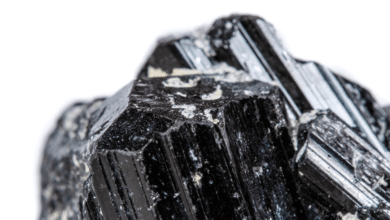
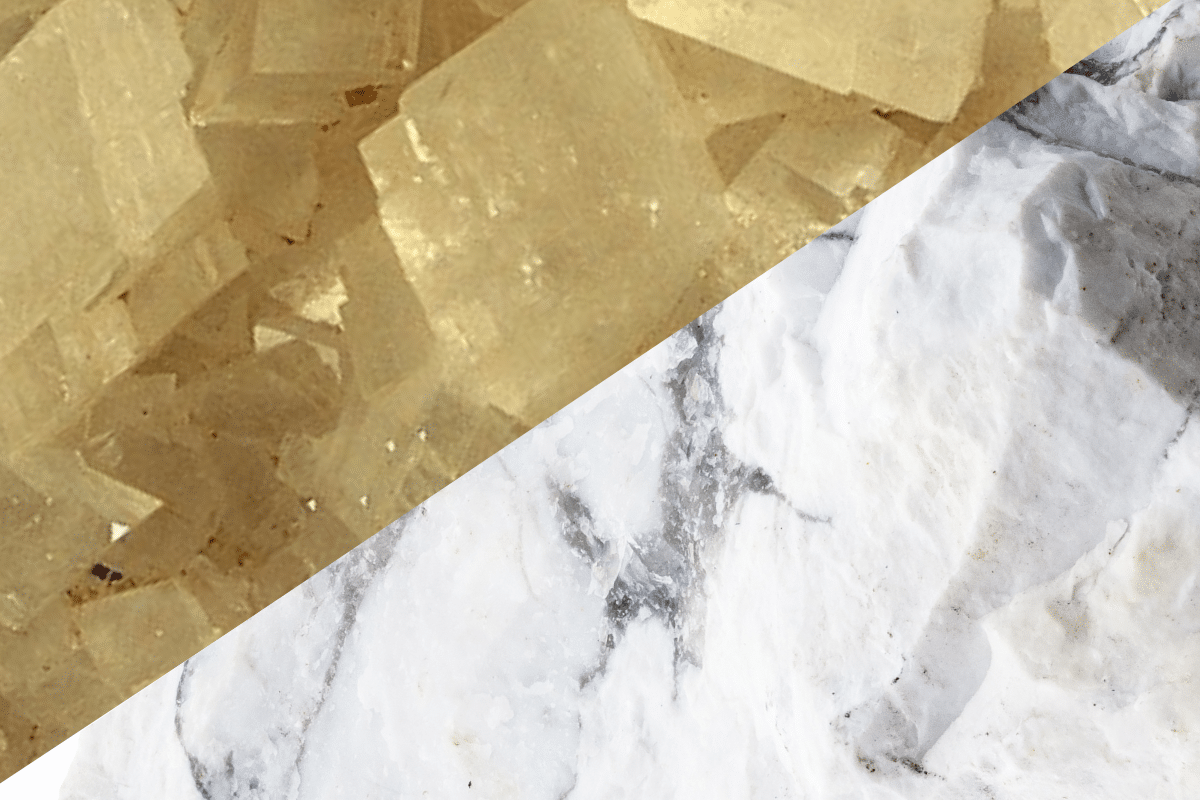

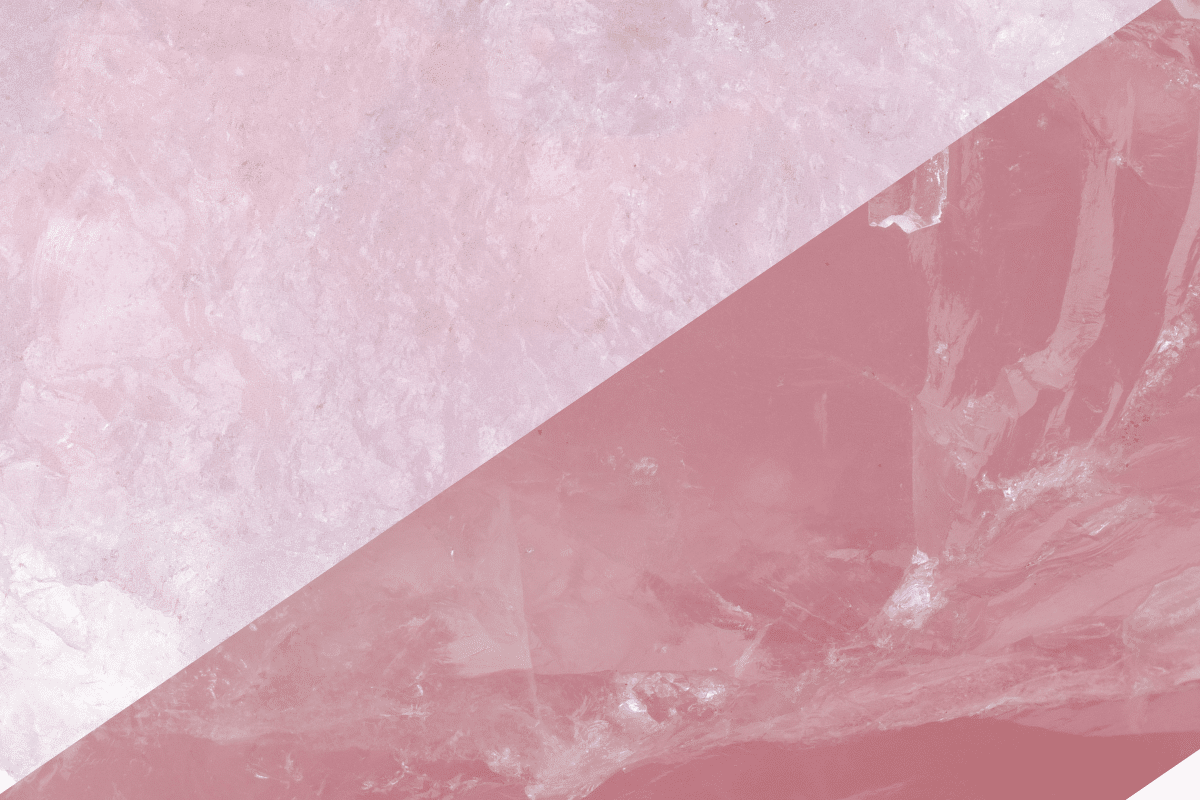
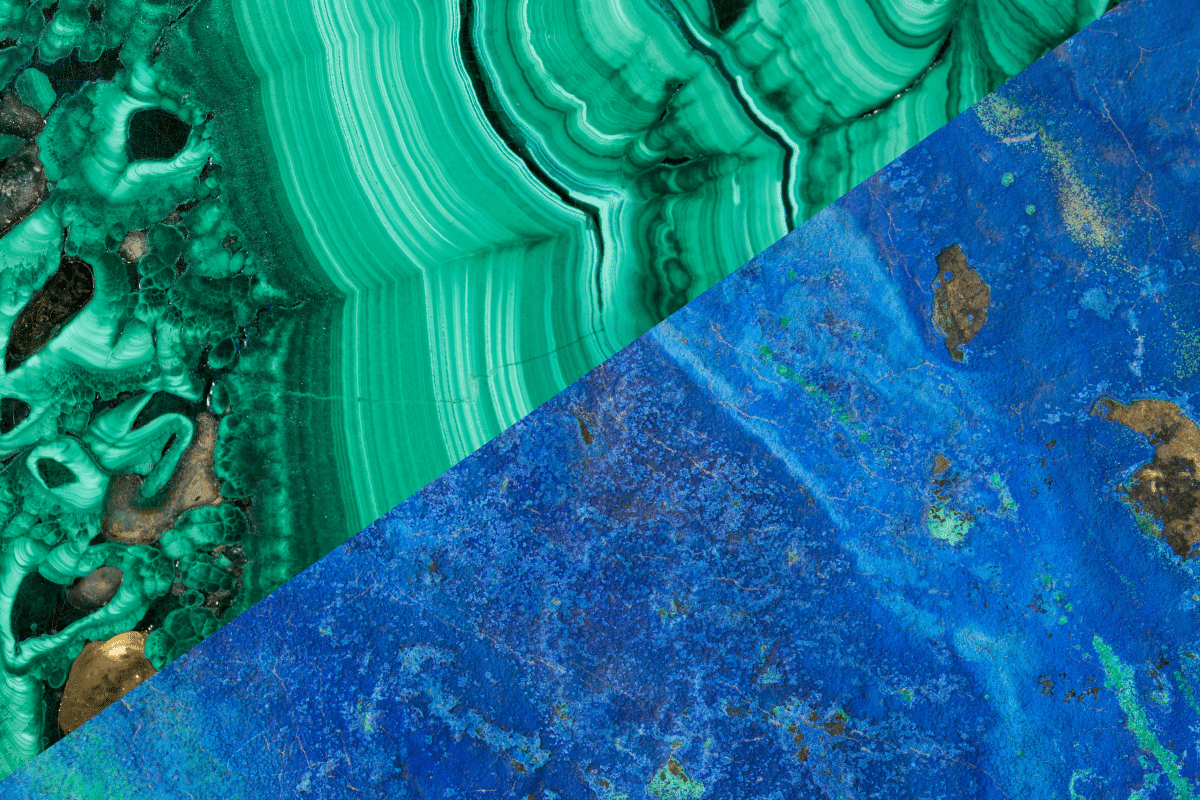
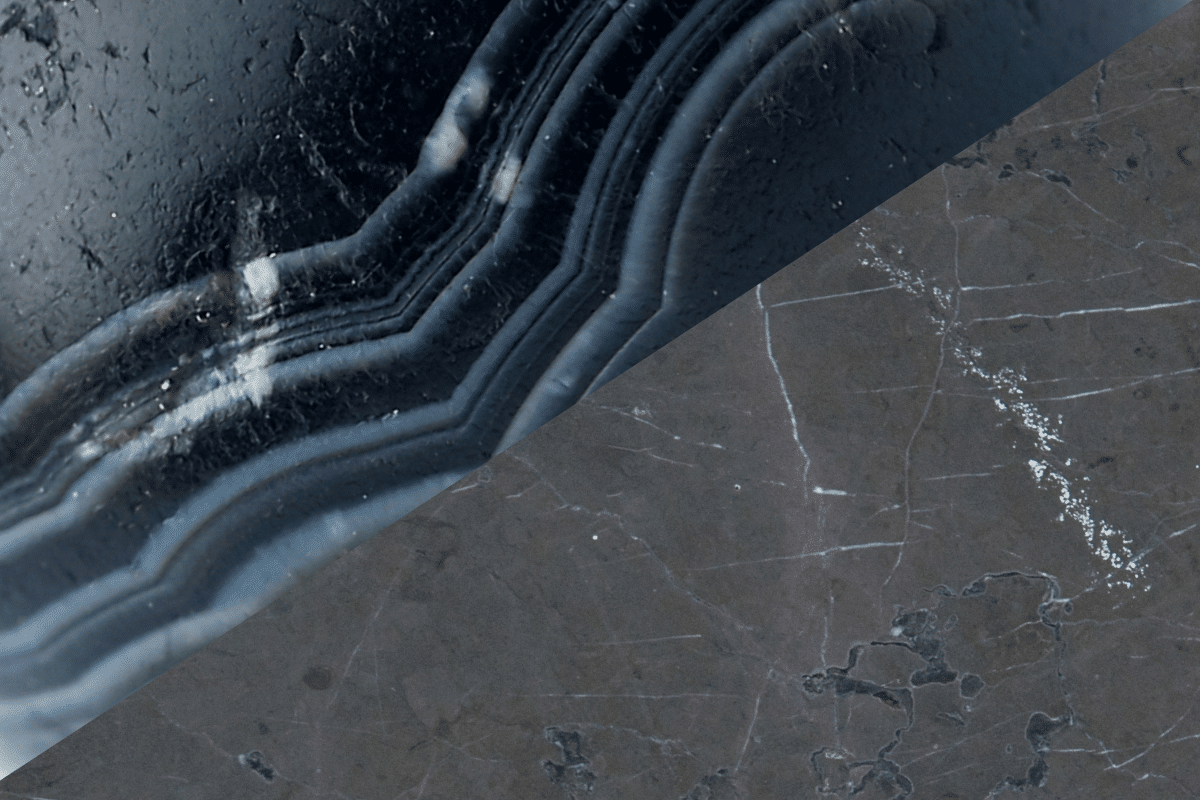
9 Comments